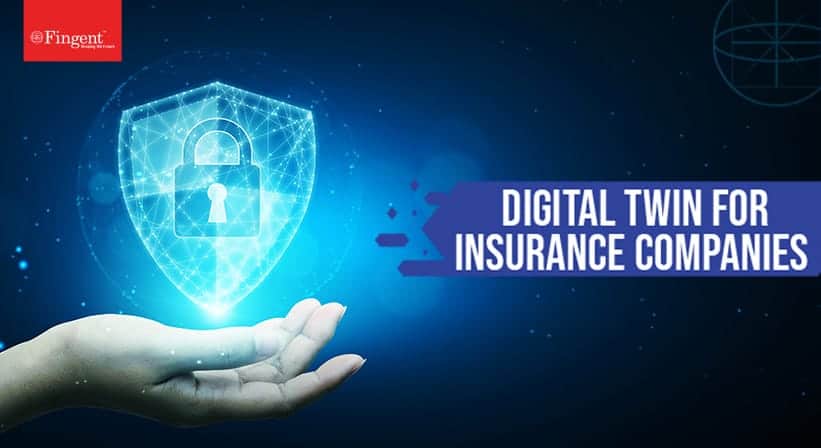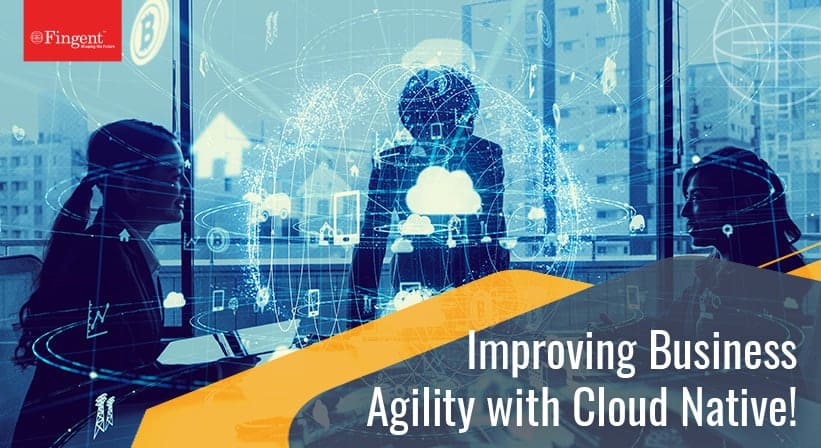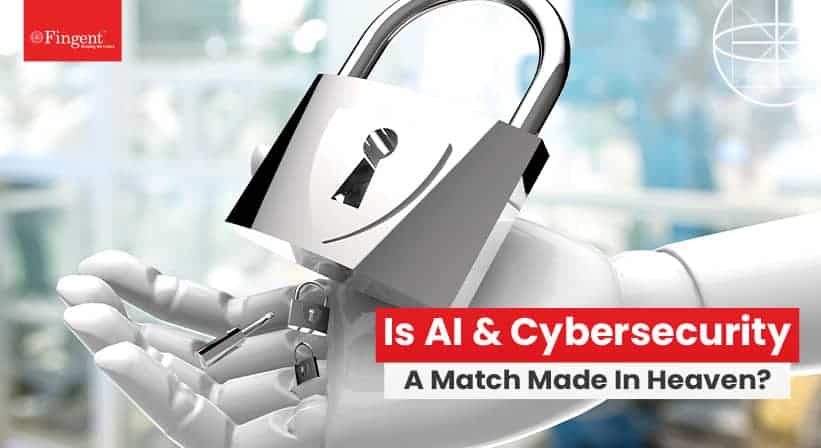How Fingent Enables e-Invoicing for SAP Users to Stay Compliant with GST India Regulations
Fingent Helps Ensure Hassle-free Filing of B2B e-Invoices for SAP Users in India
e-Invoicing is fast becoming the norm rather than the exception across industries and is being deemed mandatory by many governments as well. The Government of India has announced that starting from 1st October 2020, e-Invoicing will be mandatory for enterprises with a turnover of ₹500 crores while they submit their B2B invoices to the IRP and GST portal.
Invoices that do not comply with the set requirements will be considered null and void. All registered businesses under the notified class of taxpayers with an aggregate turnover of ₹500 crores and above must get ready and take advantage of solutions that facilitate the automatic issuance and receipt of electronic invoicing.
In today’s fast-changing world, enterprises are under increasing pressure to adapt and perform. One way to deal with this challenge is to simplify processes for both buyers and suppliers. e-Invoicing is an excellent step in that direction. By making the transition from physical to digital invoicing, many companies are reaping the benefits of a more reliable, traceable, secure, and streamlined process. Fingent helps you accomplish the change in the simplest way.
This article covers how SAP provides an automated solution for your business and how easy it is to file e-Invoices through your SAP ERP system.
Without further ado, let us get into the details of e-Invoicing for B2B businesses.
What is the difference between a digital invoice and an e-Invoice?
Is there really a difference? Yes, there is! A digital invoice is either a Word or a PDF file of a paper invoice that is scanned. An e-Invoice on the other hand, is a data file that is transferred between computers. It contains structured data making it easier for a computer to comprehend and book automatically.
Why switch to e-Invoicing?
IRN has become mandatory on invoices and it is a requirement to avail the credit. False filing of credit with fake invoices has caused a considerable loss of revenue for the government. The e-Invoice system can provide a better taxpayer service resulting in an enormous reduction in evasion. e-Invoicing can also enhance the efficiency of tax administration by setting up enterprises on paper to generate invoices.
An e-Invoice helps you detect and avoid false claims made through fake invoices. It restricts tampering with invoice value and other details. It can also simplify GST reporting.
Here are some benefits of e-Invoicing:
- Convenient: Processing is digital and automated
- Fast: No waiting time for the paper to move from one desk to another
- Accurate: Minimized human error
- Cost-effective: Printing and postage cost is eliminated
Read more: Recession-proof Your Business with Digital Alternatives, Go Paperless!
What is involved in e-Invoicing?
Having seen the benefits of e-Invoicing, let us get into the nitty gritty of e-Invoicing. Electronic invoicing or e-Invoicing is a system that is used to generate and authenticate an electronic document containing transaction information between the seller and the buyer. It is automatically sent over the internet and can be easily integrated into a customer SAP ERP or third-party system.
The IRP (Invoice Registration Portal) gives an identification number to these e-Invoices. The IRN (Invoice Reference Number) generated by IRP will then be used to transfer all the information to the e-Way bill portal and the GST portal. This system reduces human efforts and a lot of paperwork. These e-Invoices are specially simplified with web apps while still allowing for SAP systems to process them easily.
The documents that are valid for e-Invoicing are invoices by a supplier, credit notes by a supplier, debit notes by a recipient. In the SAP system it is extremely easy to determine if the customer is eligible for e-Invoicing. Currently, the SAP solution is valid for B2B customers. If a customer has a registered GSTIN (goods and services tax identification number), the standard SAP solution determines if the customer is eligible for e-Invoicing or not.
How to generate an e-Invoice under GST?
Here is a look at the steps involved in generating e-Invoices:
- e-Invoices must be generated in the standard format prescribed by the GST network.
- After generating the e-Invoice, it will be updated on the IRP and sent through an asynchronous call.
- The IRP will then assign an IRN to the e-Invoice and digitally sign it.
- Then, IRP will generate a unique QR code that contains vital information on the invoice.
- Lastly, the e-Invoice is emailed to the recipient of the document.
The e-Invoice process and its advantages
The e-Invoice system aims to avoid data mismatch errors by addressing various challenges and enabling better data reconciliation. The generation process allows for interoperability, thus minimizing data entry error. It allows you to track the e-Invoices prepared by suppliers in real-time. As the relevant data of the invoices are auto populated when filing different returns, it makes the tax return filing process much simpler and easier.
How SAP rose to the occasion
With most aspects of the business being digitized, the government process is not far behind. This approach towards digitization by the government has generated a need for electronic tax compliance. The e-Invoice system with regulatory obligations has become mandatory for businesses in most countries, including India. In order to cater to the need for a country-specific legal requirement integration, SAP developed its own SAP document compliance solution for S/4 HANA systems and SAP ECC for India users.
Benefits of navigating e-Invoicing through SAP document compliance
- A Global platform: SAP e-documentation is a globally used platform to generate e-Invoices and real-time reporting.
- Live status update: It offers a live status update for each e-Invoice.
- Health check: By validating transaction data, it ensures an error-free payload to the IRN and NIC portal.
- Three solutions in one platform: It consists of e-Way bill, e-Invoice, and SAP digital compliance service of India.
SAP document compliance can offer businesses real-time generation of e-Invoices, auto-generate part-A of the e-Way bill while creating an e-Invoice, smoothen reconciliation between the e-Way bill and IRN and make cancellation of IRN possible.
How Fingent can help you stay compliant with GST India e-Invoicing
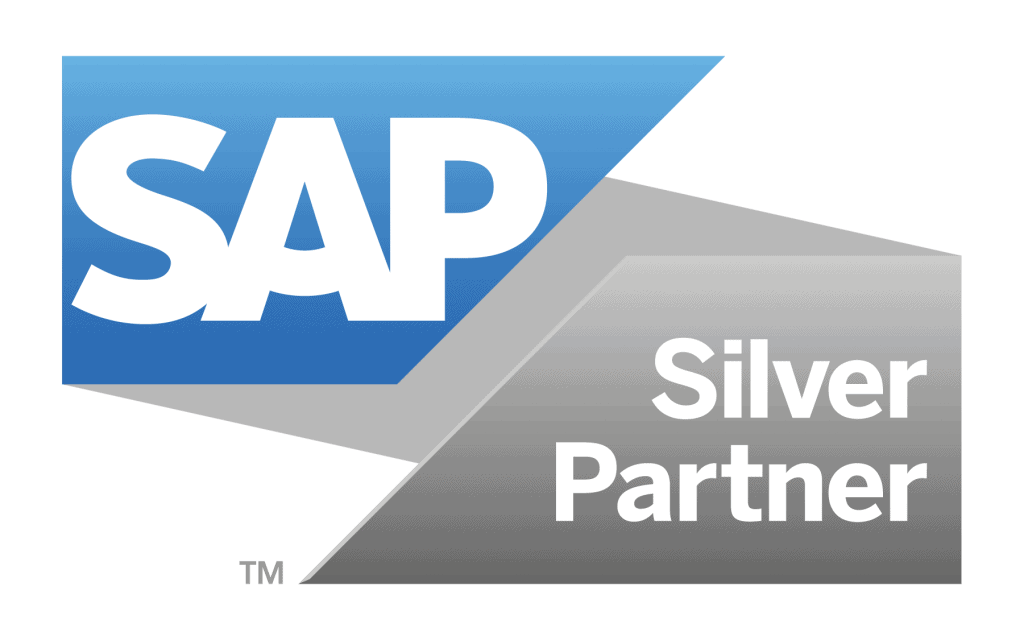
Being a Silver Partner of SAP, Fingent offers e-Invoicing integration for SAP ERP users in India. We provide:
- API integration to authenticate, generate, cancel, print, and track e-invoice as per the prescribed format
- Follow SAP billing transactions to generate e-invoices directly
- MIS Reporting, Reconciliation, Status, Alerts, and Dashboards
- Extensive configuration options and easy-to-manage customizations
- No conflict with any of the existing SAP functionalities
- SLA-driven support under AMC
- On-demand support to handle any statutory changes made by the Govt.
Read our case study: Automated Integration between SAP SuccessFactors-Employee Central and SAP S/4HANA– How Fingent helped the customer gain real-time insights for improved decision-making
The right implementation of e-Invoicing has the potential to transform the transactional landscape of the Indian commercial economy into a transparent digital system. It is an opportunity to create an automated e-trail and the SAP solution is designed to help you make this smoother and keep a tight control over legal requirements and compliances.
Future-proof your business by giving it the edge it needs with our customized SAP solutions, which will help you with your e-Invoicing as well as offer you a host of other competitive advantages. We at Fingent are experts at creating intelligent business solutions with SAP. Give us a call and let us get you started.
Stay up to date on what's new

Recommended Posts

25 Apr 2025 Real Estate
SAP for Real Estate: How Smart Tech is Reshaping the Industry
Are you struggling to face the many obstacles in the Real Estate sector? Increasing expenses, volatile markets, and intricate asset management are merely the start. Clients also anticipate smooth experiences—no……

28 Mar 2025 B2B
Cloud ERP Evolution: Why ‘Rise with SAP’ is the Future of Digital Transformation
The digital landscape is advancing at a rapid pace, and if your business isn’t adapting, it isn’t going to survive. Introducing RISE with SAP—a cloud solution that revolutionizes companies. SAP……
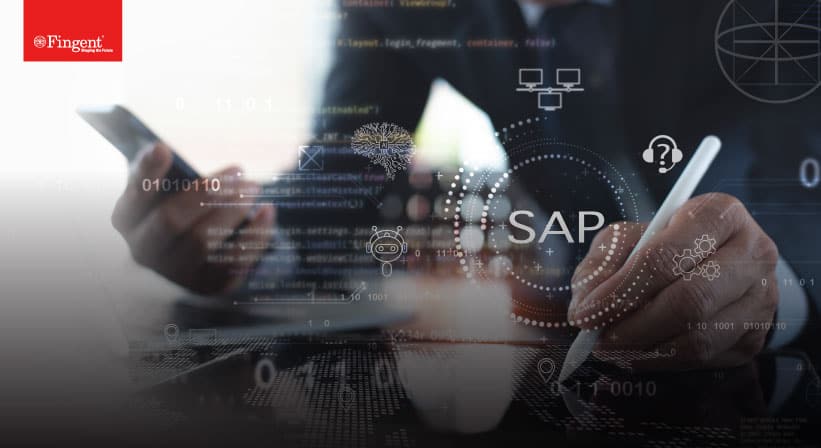
20 Mar 2025 B2B
SAP for Startups: A Power Tool For Success in 2025!
In 2025, startups will disrupt sectors. They establish trends and redefine the rules. But here's the catch: even pioneers require a strong strategy. And that’s where technology plays a role.……
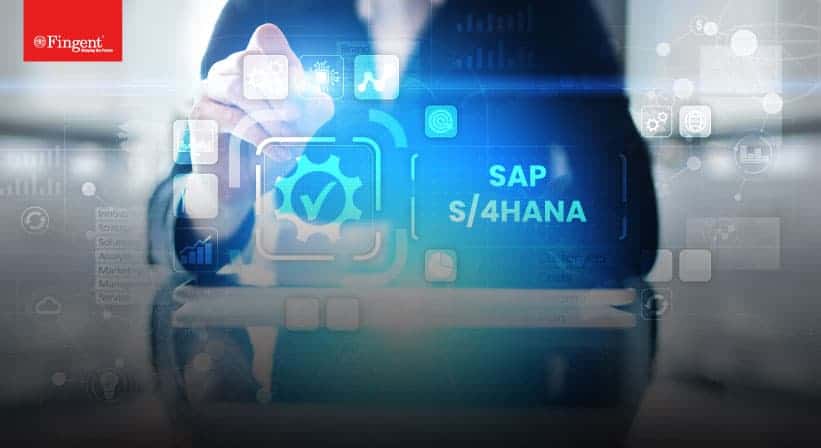
09 Aug 2024 B2B
Navigating SAP S/4HANA Migration Risks For Seamless Transformation
SAP ECC is ending support in 2027, leaving leaders with one choice: migration to SAP S/4HANA. This strategic move promises business benefits like improved operational efficiency and advanced analytics. Although,……
Featured Blogs
Stay up to date on
what's new








